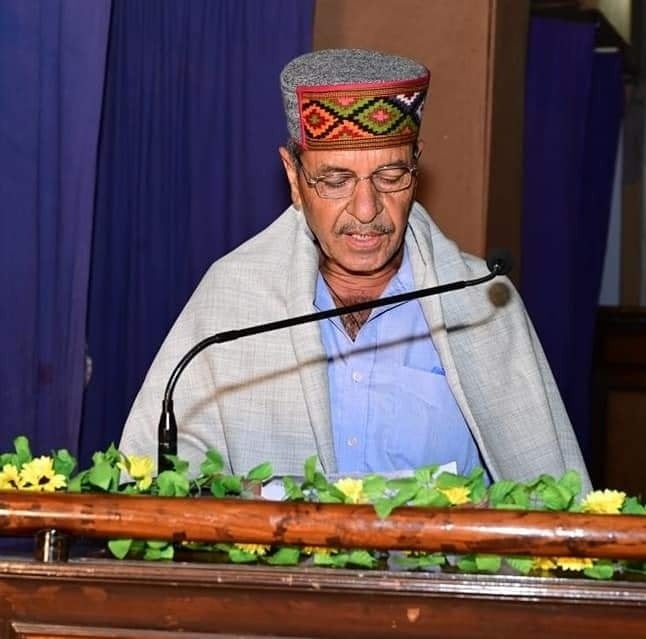The Government of India is driving a transformative shift in Indian agriculture through groundbreaking national missions focused on enhancing productivity, ensuring sustainability, and improving farmers’ welfare. The Pradhan Mantri Fasal Bima Yojana (PMFBY) is leading this wave of reform, which provides robust risk coverage against crop failures, empowering farmers to overcome financial uncertainties confidently. Equally impactful, the Soil Health Card Scheme equips farmers with scientific nutrient management insights, fostering sustainable practices and boosting agricultural output.
Embracing the power of technology, the government has launched the Digital Agriculture Mission, leveraging cutting-edge tools like artificial intelligence, blockchain, and IoT to revolutionize decision-making and enhance transparency in farming operations. Market accessibility has also seen a paradigm shift with initiatives such as Kisan Rail and e-NAM (National Agriculture Market), ensuring fair prices, reducing post-harvest losses, and bridging the gap between farmers and markets.
Sustainability remains a central focus. The Paramparagat Krishi Vikas Yojana (PKVY) champions organic farming, while the National Bamboo Mission revitalizes bamboo cultivation, unlocking new livelihood opportunities. Meanwhile, the PM-Kisan Samman Nidhi Yojana provides direct income support, easing financial burdens and enabling farmers to reinvest in their fields.
These initiatives reflect a holistic, multi-pronged strategy—integrating technology, sustainability, and market access—to fortify the agricultural sector. By addressing structural and operational challenges, the government aims to transform Indian agriculture into a globally competitive, resilient force. This vision aligns with the overarching goal of doubling farmers’ income while ensuring nationwide food security.
In an exclusive interaction with The Interview World, Dr. P. K. Singh, Agriculture Commissioner, Ministry of Agriculture & Farmers Welfare, Government of India, delves into the innovative measures driving these reforms. He highlights the e-marketplace’s transformative role in empowering farmers to sell their produce, details the infrastructure-support schemes strengthening the sector, and shares insights into upcoming initiatives designed to elevate farmers’ livelihoods. Here are the key takeaways from this insightful discussion.
Q: What innovative measures is the Government of India implementing to enhance farmers’ incomes and ensure sustainable agricultural growth across the country?
A: The Government of India is strategically working to reduce cultivation costs, aiming to boost farmers’ incomes and ensure long-term sustainability in agricultural production and productivity. Lowering cultivation expenses directly increases profitability, enabling farmers to achieve greater financial stability. This dual approach not only secures immediate benefits but also strengthens the agricultural ecosystem for the future.
To achieve this, the government has launched several forward-looking initiatives. The Digital Agriculture Mission integrates technology to streamline farming practices, while the National Mission on Natural Farming promotes eco-friendly and cost-effective methods. Additionally, the National Mission on Edible Oils, including the Oil Palm component, addresses the country’s self-reliance in oilseed production.
Complementing these efforts, the Pradhan Mantri Fasal Bima Yojana (PMFBY) provides financial resilience by covering crop losses, offering farmers a critical safety net. Together, these initiatives form a comprehensive strategy to enhance productivity, mitigate risks, and create a sustainable future for Indian agriculture.
Q: What is the current status of the e-marketplace for agricultural products? Is it fully operational, and how does it aim to benefit farmers in terms of market access and income generation?
A: The e-marketplace is a transformative initiative, yet its implementation faces challenges due to the complexity of uniting diverse products from multiple regions with demand spread across various locations. Aligning supply with demand in a seamless manner often proves difficult. The concept of an e-marketplace eliminates the need for physical market visits, offering pre-defined product details through FAQs or similar resources. However, ensuring smooth logistics and delivery to different destinations adds another layer of complexity.
Key logistical issues include arranging transportation, booking trucks, managing costs, and verifying product quality at the source while meeting varied demands across regions. Despite these hurdles, the initiative has seen notable success with certain products. For instance, apples from Kashmir are now being efficiently sold to buyers in Jharkhand through the e-marketplace, showcasing its potential to revolutionize agricultural trade.
Q: How is the government leveraging infrastructure development to ensure farmers can transport their products safely and reach markets faster? Are there any specific schemes aimed at supporting this initiative?
A: The Agriculture Infrastructure Fund, a flagship initiative, is driving significant transformation in agricultural value chain development. This mega scheme provides interest subsidies on critical infrastructure such as warehouses, cold storage facilities, sorting and grading centers, and other essential components of the value chain.
Over the past three years, the government has made remarkable progress, investing approximately ₹80,000 crores into this initiative. As a result, numerous facilities have been established, including modern warehouses and custom hiring centers, revolutionizing agricultural logistics and enabling farmers to access world-class infrastructure. This investment underscores the government’s commitment to strengthening India’s agricultural backbone and ensuring long-term growth and sustainability in the sector.
Q: What upcoming policies are being planned to empower farmers and enhance their economic and social well-being?
A: The AgriStack initiative represents a transformative policy by the Government of India, designed to revolutionize agriculture through data-driven digital services. By creating a unified digital foundation, AgriStack brings together diverse stakeholders to drive efficiency and deliver better outcomes for farmers. Central to this initiative is the establishment of a Farmer Registry, assigning each farmer a unique identification number. This system digitizes key details such as land ownership and parcel information, empowering farmers with transparency.
AgriStack facilitates seamless direct benefit transfers, ensuring farmers receive timely support. Additionally, it enhances access to affordable credit, high-quality farm inputs, and personalized, localized advice. With improved digital integration, farmers gain more informed and convenient access to markets, enabling them to make better decisions and increase profitability.
For governments, AgriStack simplifies the planning and execution of agriculture-focused schemes, ensuring efficient delivery and impactful results. This innovative platform underscores a bold step towards modernizing Indian agriculture, empowering farmers, and driving sustainable growth in the sector.









